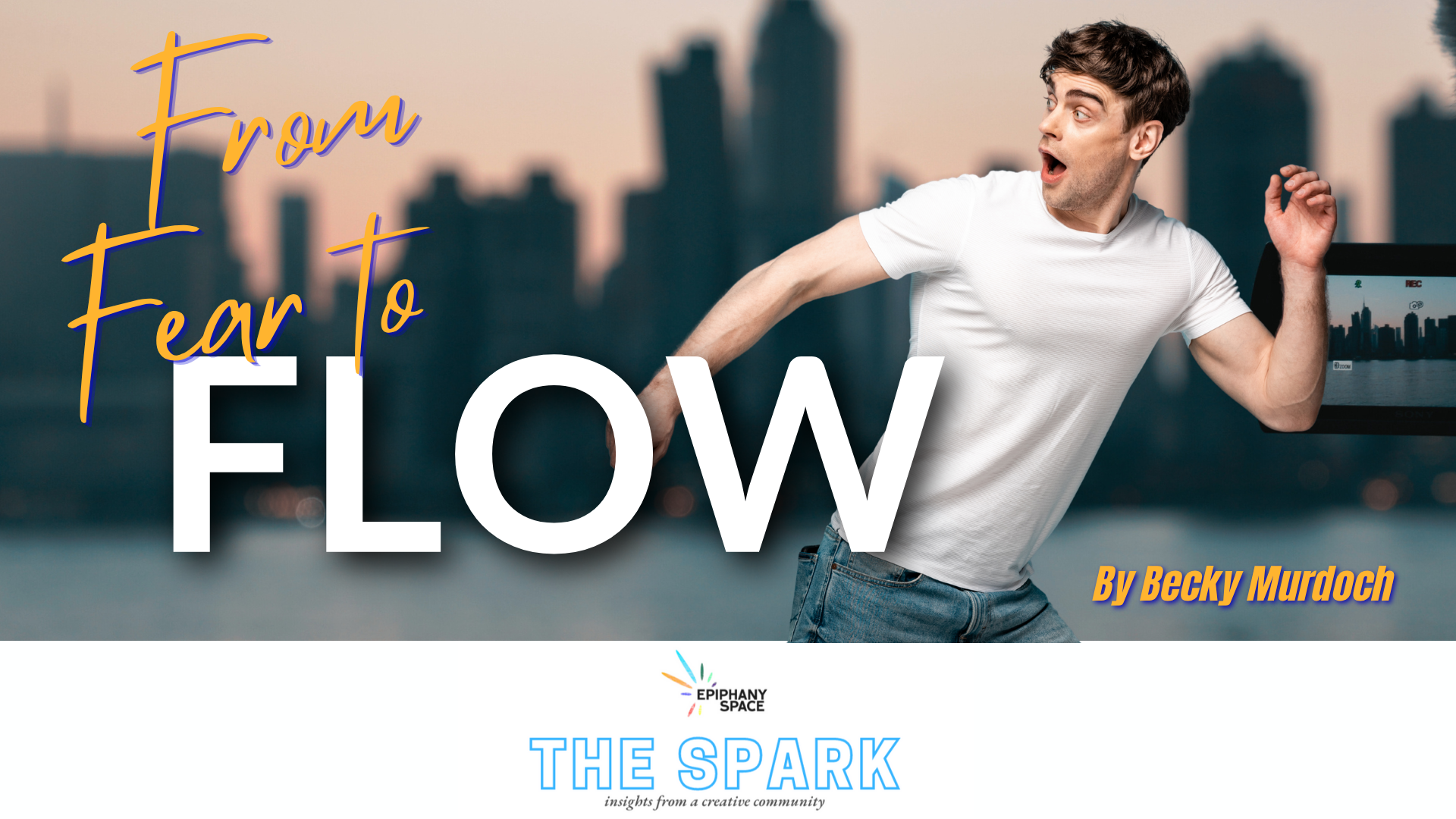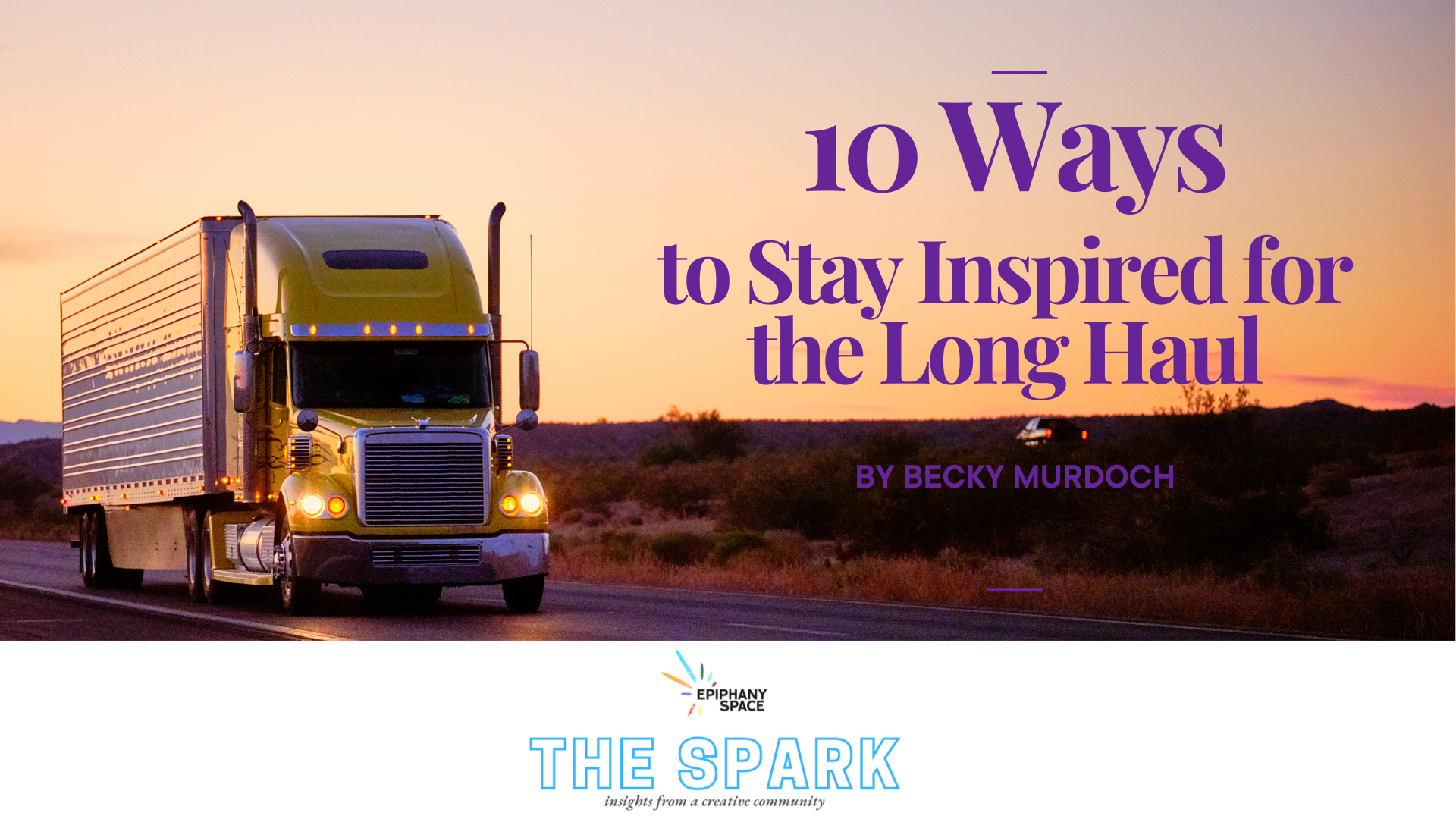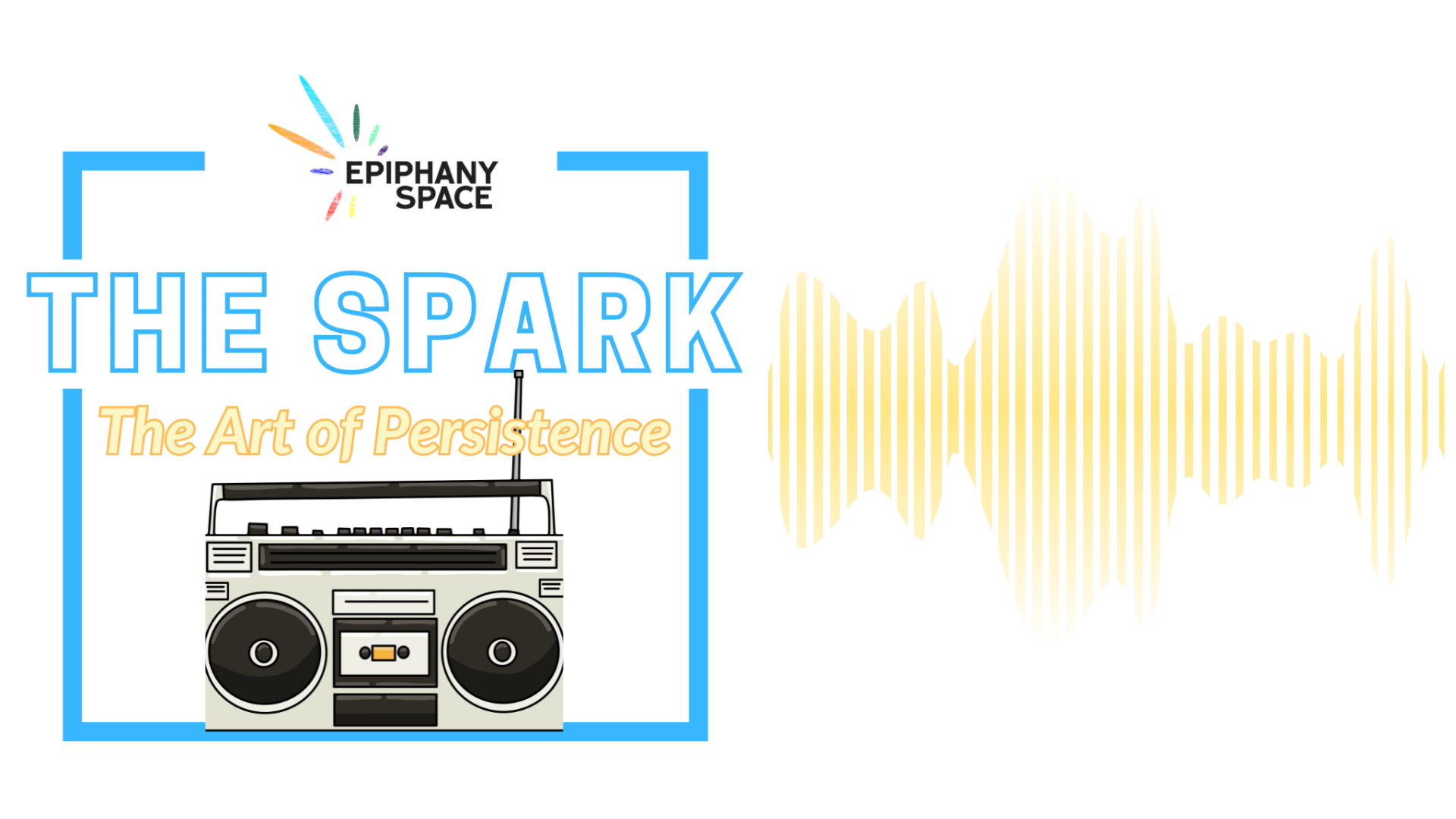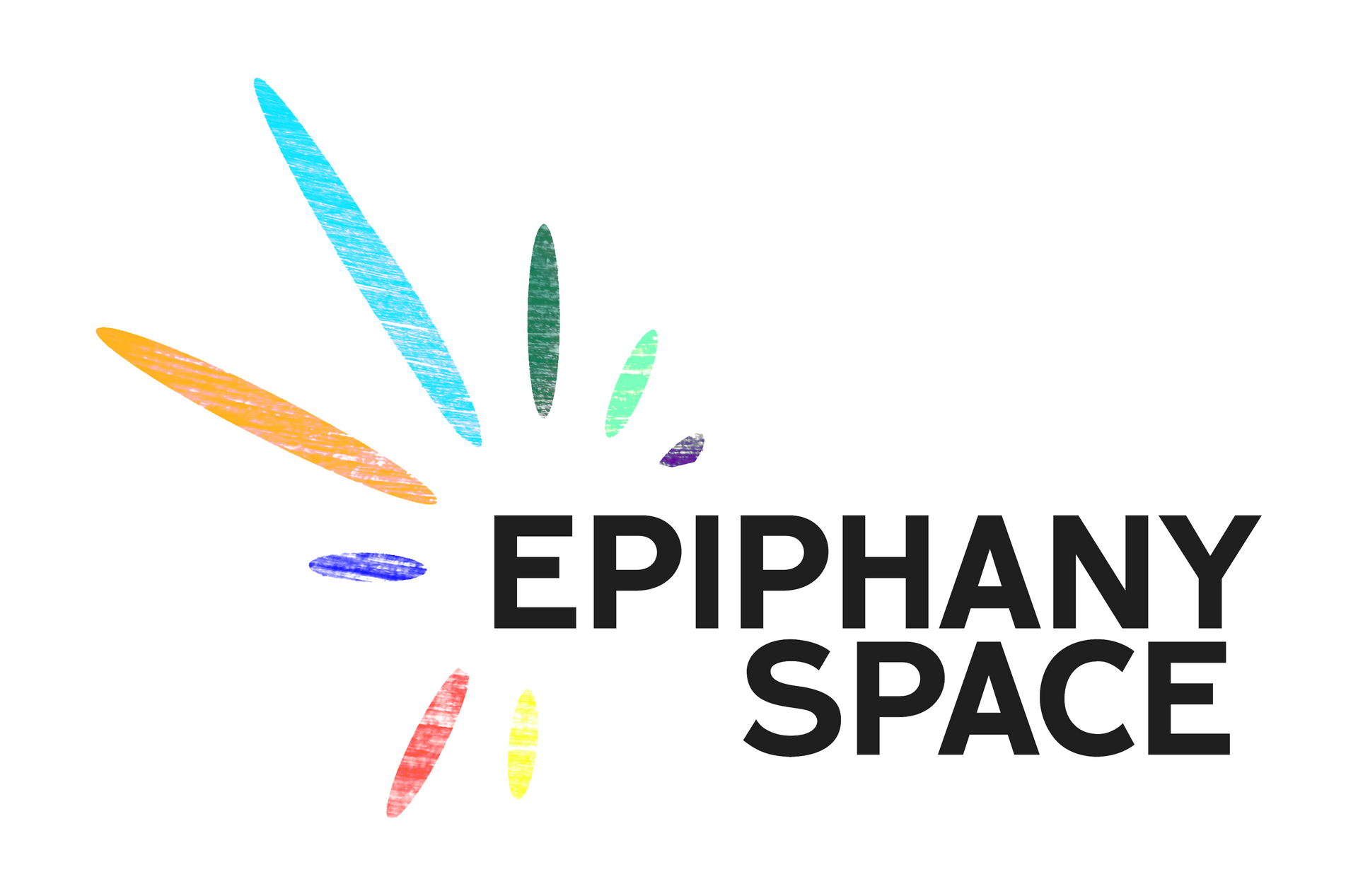Article
From Fear to Flow: 8 Prompts to Get You Started | By Becky Murdoch
From Fear to Flow: 8 Prompts to Get You Started
By Becky Murdoch

So, the other day, I was having coffee with some friends when one of them mentioned she was working on a new project. She’s an animator, so of course, knowing she always has a sketchbook with her, we asked if we could take a peek. The work was incredible. And, these were just her practice sketches! She pulled out her phone so we could see a few pieces she’d worked on at home. Mind blown! I mean, I can draw a stick figure, but they aren’t great…
It was pretty fun to see her process—just exercises to practice drawing the same character’s face from multiple angles. It wasn’t about perfection; it was about learning the hard lines and shapes so that when she got to her real project, the drawing would feel fluid and natural. Watching her share this work reminded me that creativity often grows in the space between fear and freedom. What she saw as “not good enough to show” turned out to be the very thing that inspired me most.
That conversation got me thinking about the ways that fear can hold us back. We worry our practice isn’t polished enough, our drafts aren’t ready, or our ideas aren’t worth pursuing. But often, those practice sessions are where the magic begins. Sometimes we just need the right nudge to get past that inner critic and step into the process.
So here are
8 creative prompts designed to break through fear—gentle pushes that can help you move past resistance and rediscover the joy of making.
1. Set a timer for 10 minutes and create nonstop without editing, erasing, or second-guessing.
I love a good timer; I have an hourglass sitting on my desk that often helps me get started. Since fear often shows up as hesitation—the visual timer stops the impulse to polish or rethink before an idea has had a chance to breathe. By giving yourself just ten minutes to spill words onto a page, sketch without lifting the pencil, or play a string of notes without repeating them, you remove the possibility of perfectionism taking the wheel.
There’s something magical about this momentum. In ten minutes, you likely won’t create something “finished,” but you’ll create something alive. Try it. See what rawness you find in these ten minutes of work and let it start to train you to trust the process rather than the outcome.
2. Tell the story of your biggest creative failure—but end it like a comedy.
If you’re like me, you like to replay our failures like cautionary tales. What if we got in the habit of reframing them instead? Write about the time your painting flopped, your story was rejected, or your performance went sideways. But instead of ending with self-doubt and shame, turn it into comedy: exaggerate the scene, add a ridiculous twist, or imagine the audience roaring with laughter instead of criticism.
This reframing gives failure less power. By turning it into something humorous, you remind yourself that mistakes aren’t the end of your creative identity—they’re just part of the plot. This reminds me, I need to start writing my one-woman-show about my dating life as a horror-comedy.
3. Describe the sound of your fear—then turn it into a rhythm, poem, or song lyric.
Ok, go with me on this one. Fear doesn’t just live in our thoughts; it has a sensory quality. Maybe it buzzes like static, thumps like a heartbeat, or screeches like brakes on pavement. Start by describing the sound of your fear as vividly as possible, then push further: What rhythm does it make? What words would match its cadence?
By translating fear into music or poetry, you shift its energy. Suddenly, fear isn’t an invisible wall—it’s something you can play with. You reclaim control, transforming what once stopped you into something that sings.
4. Write a scene where your fear is a character that you defeat, trick, or befriend.
This one works when I’m watching horror movies, so it will probably work for real life fear! Resistance feels less overwhelming when you give it a face, a voice, or even a ridiculous costume. Imagine your fear as a character: maybe a grumpy old man, a bossy critic, or a dragon with stage fright. Now put yourself in a scene with it. Do you defeat it in a duel? Outsmart it in a game of wits? Or sit down for coffee and discover it’s not as scary as it looks?
Personifying fear makes it manageable. When fear is a character in your story, you’re no longer its victim—you’re its author. That shift of power opens space for creativity to flow.
5. Collaborate with resistance: ask, “If fear was my co-writer, what would it add?”
Our fear is typically trying to keep us safe. It’s not always the bad guy, so what if, instead of trying to banish resistance, you invited it in? Write a paragraph, a sketch, or a melody, then pause and ask: “What would fear add here?” Maybe it’s a darker tone, an unexpected tension, or a sarcastic voice. Incorporate it deliberately, and suddenly fear isn’t blocking your creativity—it’s fueling it.
This doesn’t mean letting fear control the work. It means harnessing its perspective. Resistance often points to what matters most. By giving it a role rather than a veto, you transform it from enemy to collaborator.
6. Make something absurd—a poem about toast, a sketch of a singing chair—just to remind yourself creativity doesn’t have to be serious.
Fear thrives on pressure: the belief that every creative act must be brilliant, meaningful, or worthy of sharing. The antidote? Play. Write a sonnet about toast. Draw a chair belting out opera. Invent a nonsense word and give it a dictionary definition.
Absurdity loosens fear’s grip because there’s no way to “fail” at it. When you let yourself play, you rediscover the joy of creativity without the heavy weight of expectation. Sometimes silliness is the doorway back to flow.
7. Create something tiny: a haiku, a 3-line story, a sketch the size of a sticky note.
Fear can balloon projects until they feel impossible to start. A novel is terrifying; three sentences aren’t. A canvas feels daunting; a sticky-note sketch doesn’t. Shrink your project down until it’s too small to scare you, and begin there.
The point isn’t to stay small forever—it’s to bypass the paralysis of scale. Once you’ve created something tiny, you’ve proven to yourself that you can begin. And beginnings, more often than not, are what fear is most afraid of.
8. Redefine bravery: list 5 small, creative risks you’ve taken that others might not notice.
Fear whispers that bravery only counts when it’s grand—publishing the book, exhibiting the art, stepping onstage. But bravery often looks smaller: sharing a draft with a friend, trying a new technique, or returning to the page after a long pause.
Make a list of five risks you’ve already taken, no matter how small they seem. This practice reframes your narrative: you are already braver than fear wants you to believe. By honoring the quiet risks, you build the courage to take the louder ones.




